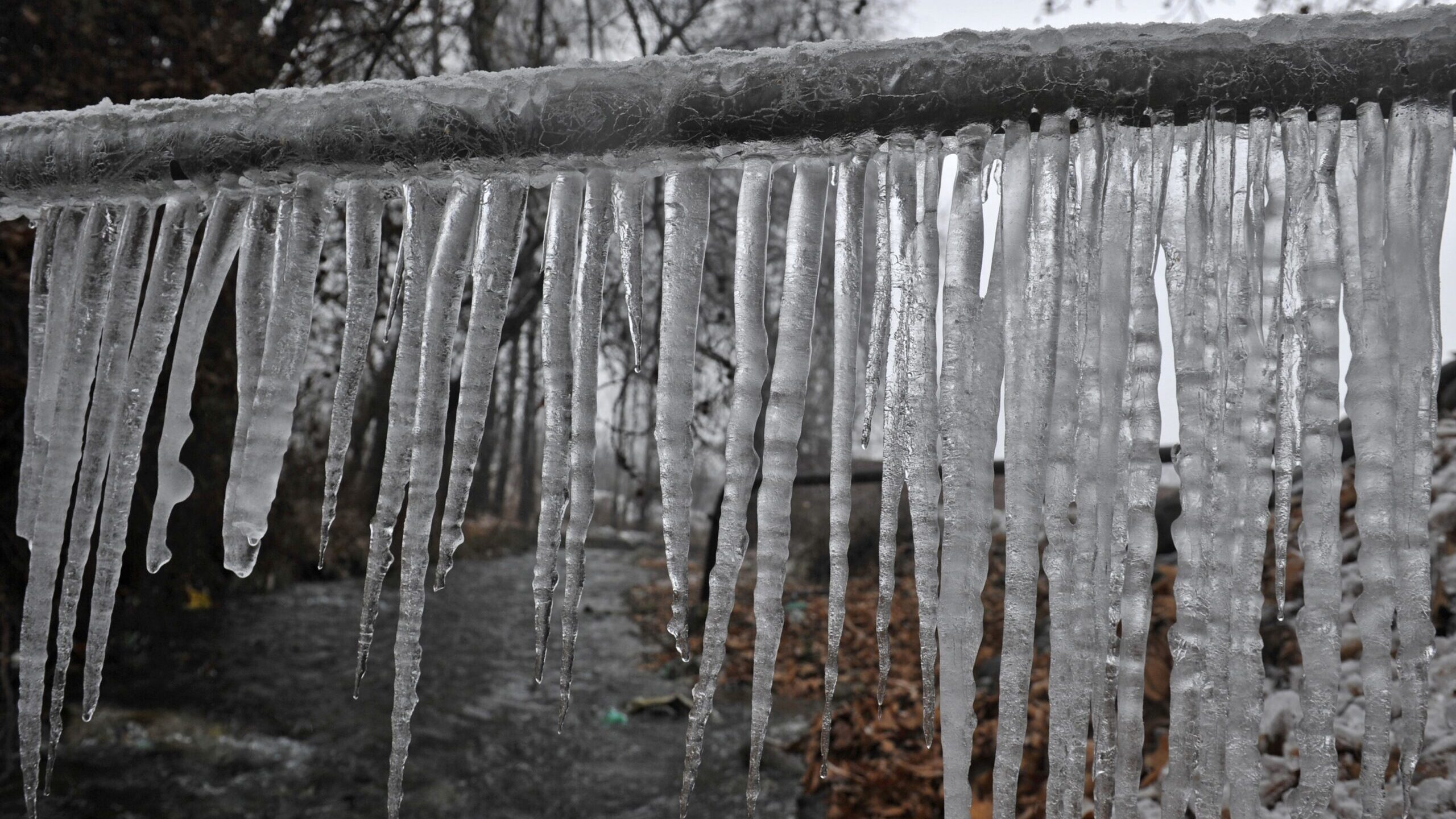We have uncovered this great article pertaining to Preventing and dealing with frozen pipes listed below on the net and felt it made sense to discuss it with you on this page.

Winter can wreak havoc on your pipes, especially by freezing pipelines. Right here's how to prevent it from taking place and what to do if it does.
Introduction
As temperature levels decline, the risk of frozen pipelines boosts, possibly bring about expensive repairs and water damage. Comprehending how to avoid frozen pipelines is essential for property owners in chilly environments.
Prevention Tips
Shielding at risk pipelines
Wrap pipelines in insulation sleeves or utilize warmth tape to secure them from freezing temperatures. Concentrate on pipelines in unheated or outside locations of the home.
Heating techniques
Keep interior areas effectively heated up, specifically areas with pipes. Open cabinet doors to allow cozy air to distribute around pipelines under sinks.
How to determine frozen pipelines
Try to find lowered water circulation from faucets, unusual odors or noises from pipes, and noticeable frost on subjected pipelines.
Long-Term Solutions
Structural adjustments
Think about rerouting pipelines far from exterior wall surfaces or unheated areas. Include extra insulation to attics, cellars, and crawl spaces.
Upgrading insulation
Purchase premium insulation for pipelines, attic rooms, and walls. Correct insulation aids maintain constant temperatures and lowers the threat of frozen pipes.
Protecting Outdoor Pipes
Yard tubes and exterior taps
Separate and drain pipes yard hose pipes before winter season. Set up frost-proof faucets or cover outdoor taps with protected caps.
Recognizing Icy Pipelines
What creates pipelines to ice up?
Pipes ice up when revealed to temperature levels listed below 32 ° F (0 ° C) for expanded periods. As water inside the pipelines freezes, it increases, taxing the pipeline walls and potentially causing them to burst.
Threats and damages
Icy pipes can bring about water system disruptions, residential or commercial property damage, and pricey repair work. Ruptured pipes can flood homes and cause extensive architectural damages.
Signs of Frozen Pipes
Determining icy pipelines early can avoid them from breaking.
What to Do If Your Pipelines Freeze
Immediate activities to take
If you presume icy pipes, maintain faucets available to soothe pressure as the ice melts. Utilize a hairdryer or towels soaked in hot water to thaw pipelines gradually.
Verdict
Protecting against icy pipelines calls for proactive procedures and fast feedbacks. By comprehending the causes, indicators, and safety nets, property owners can secure their pipes during cold weather.
5 Ways to Prevent Frozen Pipes
Drain Outdoor Faucets and Disconnect Hoses
First, close the shut-off valve that controls the flow of water in the pipe to your outdoor faucet. Then, head outside to disconnect and drain your hose and open the outdoor faucet to allow the water to completely drain out of the line. Turn off the faucet when done. Finally, head back to the shut-off valve and drain the remaining water inside the pipe into a bucket or container. Additionally, if you have a home irrigation system, you should consider hiring an expert to clear the system of water each year.
Insulate Pipes
One of the best and most cost-effective methods for preventing frozen water pipes is to wrap your pipes with insulation. This is especially important for areas in your home that aren’t exposed to heat, such as an attic. We suggest using foam sleeves, which can typically be found at your local hardware store.
Keep Heat Running at 65
Your pipes are located inside your walls, and the temperature there is much colder than the rest of the house. To prevent your pipes from freezing, The Insurance Information Institute suggests that you keep your home heated to at least 65 degrees, even when traveling. You may want to invest in smart devices that can keep an eye on the temperature in your home while you’re away.
Leave Water Dripping
Moving water — even a small trickle — can prevent ice from forming inside your pipes. When freezing temps are imminent, start a drip of water from all faucets that serve exposed pipes. Leaving a few faucets running will also help relieve pressure inside the pipes and help prevent a rupture if the water inside freezes.
Open Cupboard Doors
Warm your kitchen and bathroom pipes by opening cupboards and vanities. You should also leave your interior doors ajar to help warm air circulate evenly throughout your home.

Hopefully you enjoyed our post on How to Prevent Your Pipes From Freezing. Thanks for taking the time to browse our piece of content. Be sure to take the time to share this blog entry if you enjoyed reading it. We thank you for your readership.
Get Offer